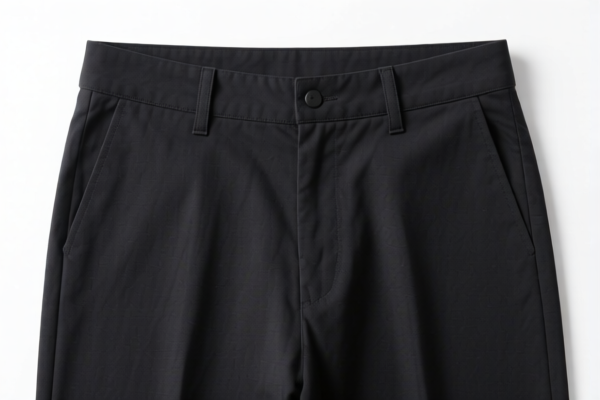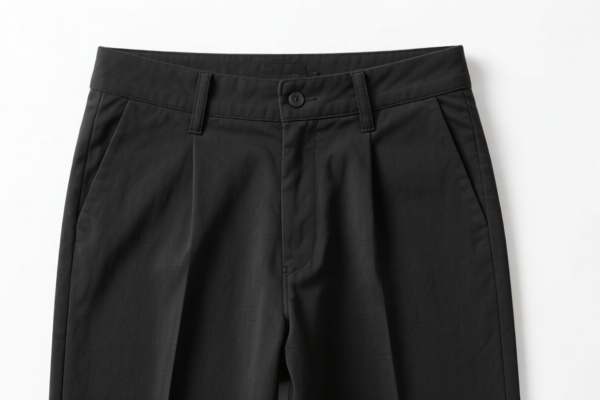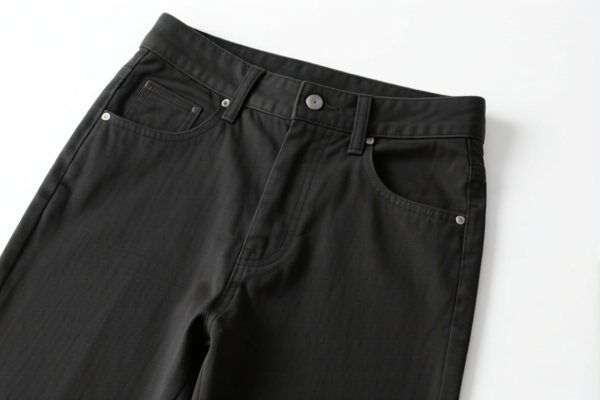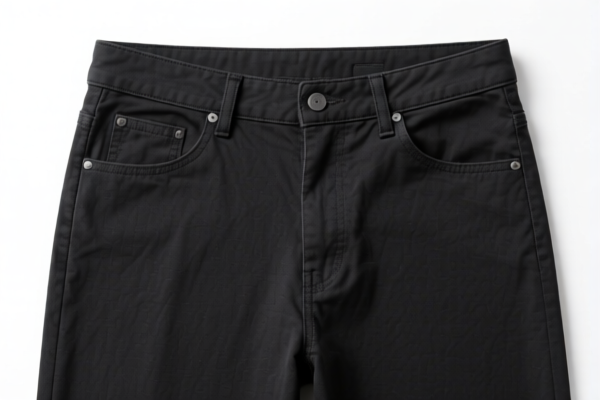| HS Code | Official Doc | Tariff Rate | Origin | Destination | Effective Date |
|---|---|---|---|---|---|
| 6107110010 | Doc | 44.9% | CN | US | 2025-05-12 |
| 6107910030 | Doc | 46.2% | CN | US | 2025-05-12 |
| 6114909010 | Doc | 35.6% | CN | US | 2025-05-12 |
| 6114909070 | Doc | 35.6% | CN | US | 2025-05-12 |
| 6207110000 | Doc | 43.6% | CN | US | 2025-05-12 |
| 6207913010 | Doc | 43.6% | CN | US | 2025-05-12 |
| 6211339042 | Doc | 53.5% | CN | US | 2025-05-12 |
| 6211339042 | Doc | 53.5% | CN | US | 2025-05-12 |




Men's Sanitary Pants
Men's sanitary pants, also known as incontinence pants for men, are absorbent undergarments designed to manage urinary and/or fecal incontinence. They provide a discreet and convenient solution for individuals experiencing leakage, offering greater independence and quality of life.
Material:
- Absorbent Core: Typically composed of superabsorbent polymers (SAPs) like sodium polyacrylate, which quickly lock in fluids. Pulp fluff is often used in conjunction with SAPs for added capacity.
- Outer Layer: Usually made of a breathable, waterproof material, such as polyethylene film or a non-woven fabric with a waterproof backing. This prevents leaks while allowing airflow to minimize skin irritation.
- Inner Layer: Constructed from soft, non-woven materials like polypropylene to provide comfort and wick moisture away from the skin. Some products incorporate odor control technology within the inner layer.
- Leg and Waistbands: Utilize elastic materials for a secure and comfortable fit.
Purpose:
The primary purpose of men’s sanitary pants is to provide containment and comfort for individuals experiencing:
- Urinary Incontinence: Loss of bladder control, ranging from occasional drips to complete loss of control. Common causes include prostate issues (BPH, prostate cancer), nerve damage, diabetes, and medications.
- Fecal Incontinence: Inability to control bowel movements. This can be caused by conditions like irritable bowel syndrome, nerve damage, or muscle weakness.
- Post-Surgical Recovery: Providing protection and comfort after prostate surgery or other procedures affecting bladder or bowel control.
- Managing overflow incontinence: Inability to fully empty the bladder, leading to leakage.
Function:
Men’s sanitary pants function by:
- Absorption: The absorbent core quickly draws fluids away from the skin, reducing wetness and preventing odor.
- Containment: Waterproof outer layers prevent leakage, ensuring discretion and confidence.
- Odor Control: Many products incorporate technologies to neutralize odors, maintaining hygiene and reducing embarrassment.
- Comfort: Soft materials and secure fit provide comfort and prevent skin irritation.
Usage Scenarios:
- Everyday Wear: For individuals with moderate to severe incontinence, providing continuous protection.
- Travel & Activities: Offering peace of mind during travel, social events, or physical activities.
- Nighttime Use: Specifically designed products with higher absorbency for overnight protection.
- Post-Operative Care: Providing comfort and protection during recovery from surgery.
Common Types:
- Pull-Up Style (Boxers/Briefs): Resemble regular underwear, offering a discreet and comfortable fit. Suitable for active individuals with moderate incontinence.
- Belted Pants: Feature adjustable belts for a secure and customizable fit, often preferred for larger individuals or those with significant incontinence.
- Insert Pads: Used in conjunction with regular underwear, offering a more flexible and cost-effective solution for lighter incontinence.
- All-in-One Pants: Provide maximum absorbency and containment, suitable for severe incontinence or nighttime use.
- Swim Pants: Specifically designed for use in swimming pools, offering leak-proof protection.
Men's sanitary pants fall under the category of underpants, briefs, nightshirts, pajamas, bathrobes, dressing gowns and similar articles, knitted or crocheted. Several HS codes may be applicable depending on the specific material and intended use.
Here are the relevant HS codes based on the provided reference material:
- 6107110010: This HS code covers men's or boys' underpants and briefs, knitted or crocheted, specifically those made of cotton. The first two digits (61) indicate the chapter for articles of apparel and clothing accessories, knitted or crocheted. The next four digits (0711) specify underpants and briefs. The final two digits (0010) denote cotton material. The total tax rate is 44.9%, comprising a 7.4% base tariff, a 7.5% additional tariff, and a 30.0% additional tariff applicable after April 2, 2025.
- 6207110000: This HS code covers men's or boys' singlets and other undershirts, underpants, briefs, nightshirts, pajamas, bathrobes, dressing gowns and similar articles, knitted or crocheted, specifically those made of cotton. The first two digits (62) indicate the chapter for articles of apparel and clothing accessories, not knitted or crocheted. The next four digits (0711) specify underpants and briefs. The total tax rate is 43.6%, comprising a 6.1% base tariff, a 7.5% additional tariff, and a 30.0% additional tariff applicable after April 2, 2025.
It is important to note that the applicable tariff rate will depend on the material composition of the sanitary pants. If the pants are made of materials other than cotton, other HS codes may be relevant.
Customer Reviews
No reviews yet.